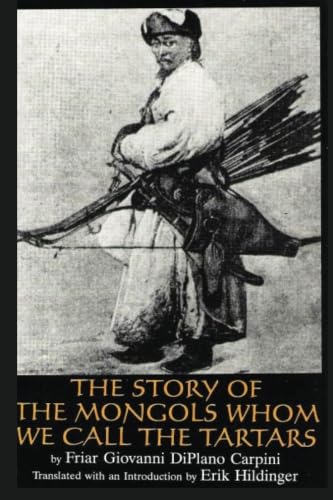Not A Historian Reading List

The Story of the Mongols: Whom We Call the Tartars
In April 1241 Mongol armies had killed some one hundred thousand European knights and men-at-arms in Poland and Hungary. They had beaten every western army they had come against. Henry II of Silesia was dead, Boleslav IV, Count of the Poles, was in hiding, and the kingdom of Hungary no longer existed; its king, Bela IV, was fleeing to the Adriatic coast pursued by a Mongol army determined to kill him. As for the country itself, the Mongols began to systematically strip and depopulate it and to strike coins. It belonged to Batu, grandson of Jinghiz Khan, the Emperor of All Men. Meanwhile, Pope Gregory IX and the Holy Roman Emperor Frederick II prepared to continue their person¬al war while Mongol scouts approached Venice. There was no army the Europeans could muster to oppose them. There seemed no reason to suppose that Western Europe would not suffer the fate of central Europe and Russia. In February 1241 the Mongol army had left its base in southern Russia and begun to cross the frozen rivers into central Europe. It consisted of about seventy thousand men, all of them cavalry. Nominally com¬manded by Batu, a grandson of Jinghiz Khan, he was guided by his grandfather’s famous lieutenant, Subotai, a brilliant campaigner. This general had commanded in the campaigns against the Northern Sung of China and had helped in the destruction of the Kwarizmian Em¬pire. He had planned the campaign against Europe for a year and the results would show.